Mallory Lind, a Ph.D. Candidate in Art Education at the University of Georgia, interned with the Access and Inclusive Programs Department at Crystal Bridges Museum of American Art in Bentonville, Arkansas over the summer.
We recently stumbled upon a post on Crystal Bridges Museum’s Facebook page that read as follows: “Mallory spent her summer creating ‘touchable paintings’ for blind and visually impaired Crystal Bridges visitors to experience artwork through touch!”!”
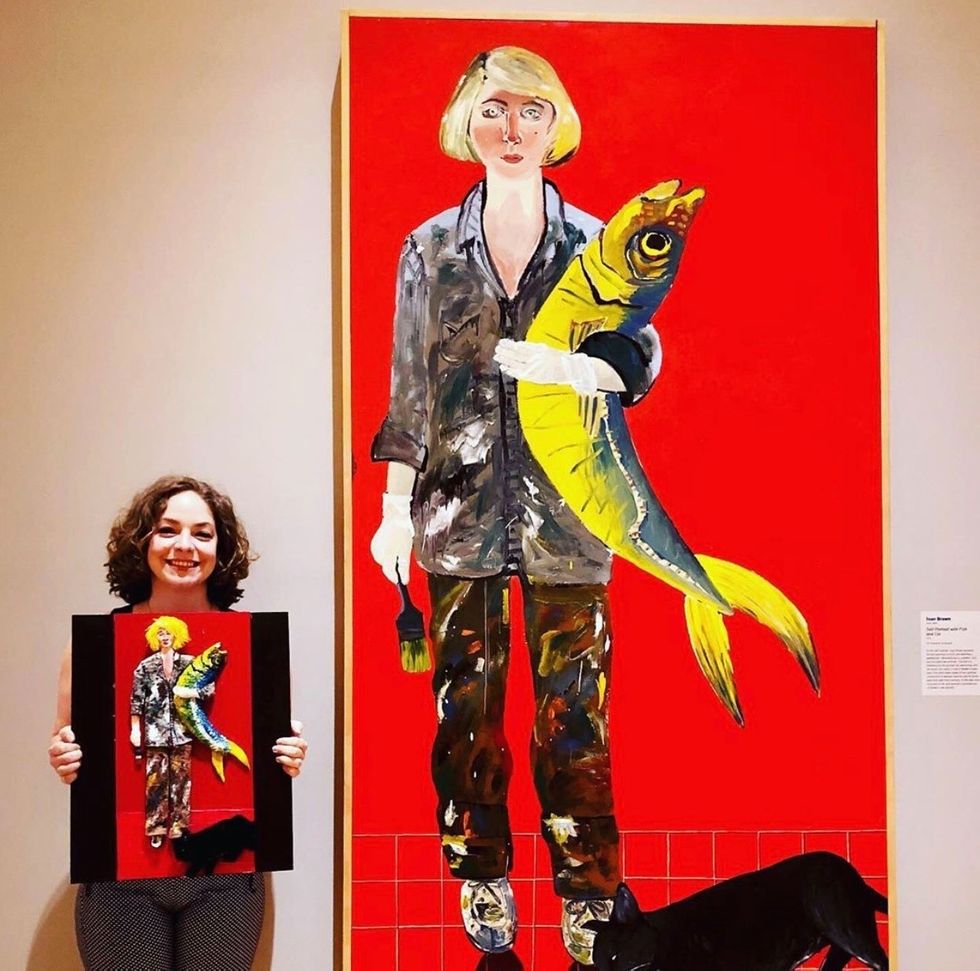
The post and accompanying photos have gone viral on Facebook and Instagram, collecting over 5,000 likes and over 500 shares since it was originally posted. We reached out to Mallory to learn more about these “touchable paintings” and how she got involved. Check out our Q&A below.
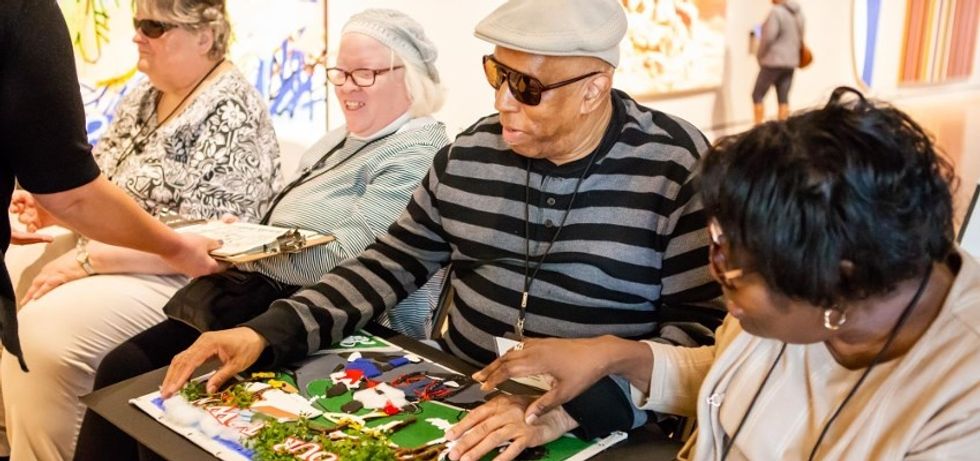
Can you tell us about this project?
I am a Ph.D. Candidate in Art Education at the University of Georgia. My research focuses on Rural Access to Art Museums, which led me to the Crystal Bridges Museum of American Art. Over the summer, I was an intern at Crystal Bridges in their Access and Inclusive Programs Department. This department internship appealed to me greatly because of my longstanding interest in creating more accessible, inclusive, and equitable art museums. At Crystal Bridges, I worked under Kim Crowell, head of Access and Inclusive Programs, who had previously worked to create touchable recreations of artwork for the museum. Kim and I had previously talked about our shared interest in creating inclusive art experiences and touchable artworks, so she asked that I work on creating two touchable paintings during my internship. The “touchable paintings” that I created are meant to offer ways for blind and visually impaired visitors to experience art, although they can also be used to help many museum visitors understand and experience the artworks through a multitude of senses. It was my goal in creating these artworks to have the same texture and feel that you might expect if the painting were actualized. To do this, I used a variety of materials and techniques, as well as close color matching, to create a replica that was as close as possible to the real image.
Note: A few months ago, Senior Museum Educator and Accessibility Coordinator Kim Crowell traveled to Hong Kong to teach a two-day workshop about her process for creating touchable paintings—tactile, mixed media representations that function like maps of two-dimensional images for individuals with all levels of sight. (Read more HERE)

What did you learn about CB’s efforts to become more accessible, inclusive, and equitable at the museum?
While working under Kim Crowell in the Access and Inclusive Programs Department, I was able to learn about and experience the many different levels that Crystal Bridges strives to go to in order to create a more inclusive environment for all visitors. Kim is currently in the process of training all museum employees and volunteers in disability resource training. This effort will help ensure that all visitors, regardless of their ability, receive fair and equal treatment. Kim runs a Community Access Advisory Committee made up of individuals and community representatives of various abilities that she meets with to understand what different visitors might need as they come to Crystal Bridges. There are many different programs for people of all abilities including Multisensory Saturday for the visually impaired, Camp Connect for children with autism, Family Access Night for families with children of differing abilities, and Creative Connections for adults with Alzheimer’s and dementia, just to name a few. These programs, as well as the support provided for other programs, ensure that each person can have a meaningful experience at the museum.
Check out a list of Museum Accessibility and Access Programs HERE.
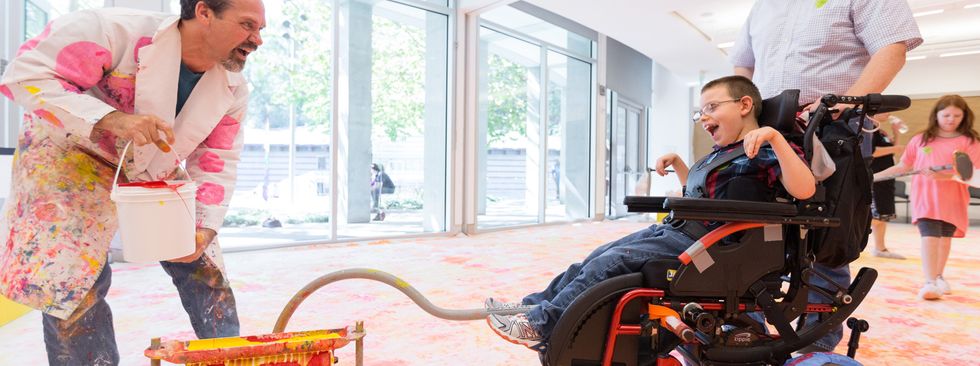
What did you think of Crystal Bridges as a whole?
I very much appreciate the opportunity that I was given to learn about and experience Crystal Bridges as both an employee and a visitor. I had done research on the museum prior to my first time visiting, but the museum, its collection, and its beautiful grounds far exceeded my expectations. I was blown away by the multilingual portion of the permanent collection as well as the many different hands-on and interactive activities within various parts of the galleries.
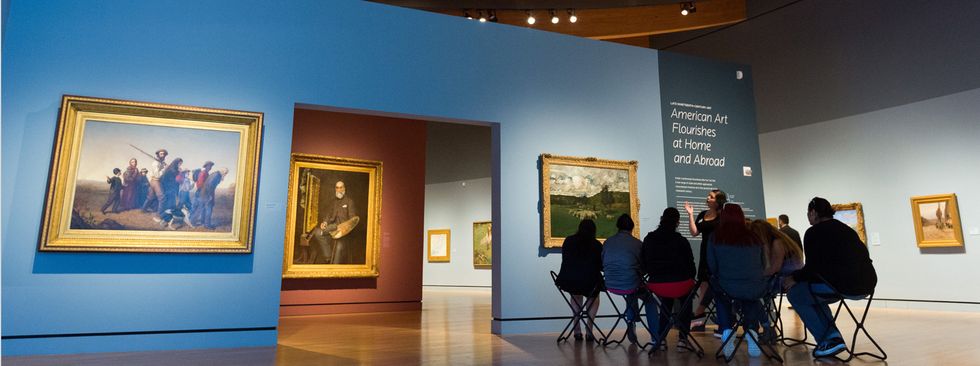
What was your experience of the region like?
I was staying in Fayetteville, but I had the opportunity to visit many different communities in the region because of my research. The lush green landscape was quite beautiful and offered a wonderful backdrop to the region. I am used to the intense, overwhelming heat and humidity of Georgia, especially that of my hometown in Valdosta, Georgia, but I was very pleasantly surprised by how mild the weather was in Northwest Arkansas during the majority of my visit. I am not typically a hiker, but I loved walking the trails around Bentonville and through Crystal Bridges’ grounds. I loved the quirkiness of Eureka Springs with all of its great art and architecture; I actually visited it twice during my short two-month stay. I also went to many farmers’ markets around the Northwest Arkansas region where I was delighted to meet wonderful vendors and purchase delicious produce.
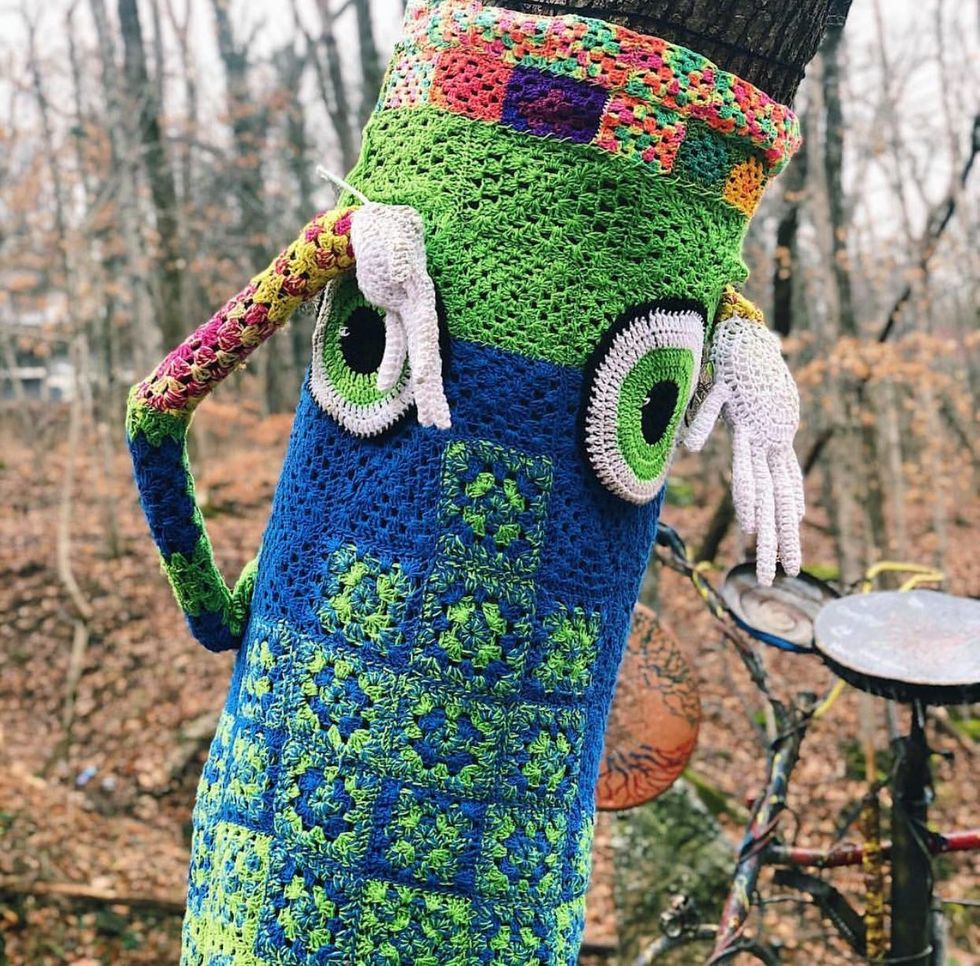
📷: @megan_wolo — in Eureka Springs, Arkansas.
Did we read you were working in rural NW Arkansas? What were you up to?
Aside from my internship at Crystal Bridges, my motivation for coming to Northwest Arkansas was to work on the fieldwork for my dissertation. I am currently getting my Ph.D. in Art Education, but my focus is on Museum Studies with my dissertation concentrating on rural access to art museums. I am originally from a small town in South Georgia with my family residing in a more rural area just outside of Valdosta. Growing up I did not have much access to arts or arts programming because the nearest museum was more than three hours away. This childhood experience inspired my dissertation’s research because I wanted to understand what it would be like to have nearby access to such a wonderful world-class art museum for rural areas. Thus, I decided to come to Northwest Arkansas because of Crystal Bridges’ proximity to so many rural communities. On the days that I was not working at Crystal Bridges, I would travel to various rural communities and explore the region and talk to members of the community about their experience with or attitude towards Crystal Bridges. I really enjoyed exploring the smaller and more rural communities of Northwest Arkansas and getting to know its residents.













